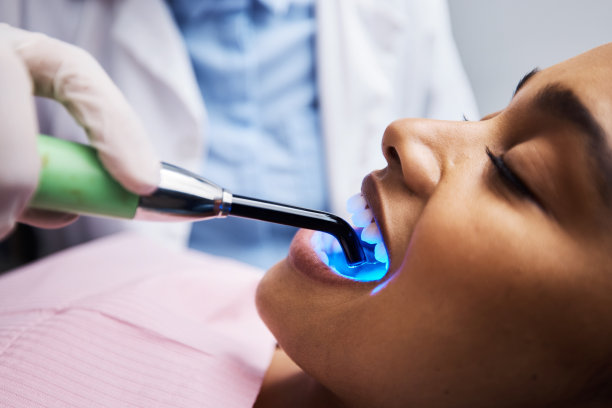When It’s Time to Extract a Tooth Understanding the Reasons and What to Expect During the Procedure
Summary: Tooth extraction can be a daunting task for many individuals, yet it may become necessary due to various dental health issues. This article explores the reasons why a tooth may need to be extracted, detailing factors such as decay, overcrowding, and damage. Moreover, it provides an insight into the extraction procedure itself, covering what patients can expect in terms of pain management, the steps performed by a dentist, and post-procedure care. By understanding the entire process of tooth extraction, patients can approach the procedure with greater confidence and less anxiety. In this guide, we aim to demystify tooth extractions and equip readers with essential knowledge before undergoing treatment.
1. Common Reasons for Tooth Extraction

Tooth extraction is often deemed necessary due to various dental health issues. One of the most prevalent reasons is severe tooth decay. When cavities progress and the decay reaches the pulp of the tooth, it can lead to infections. In such cases, extraction becomes essential to prevent the spread of bacteria, which may lead to more serious complications.
Another key reason for tooth extraction is overcrowding. Particularly in orthodontics, when there is insufficient space in the mouth for teeth to properly align, dentists may recommend extracting certain teeth. This allows for the effective movement of other teeth into their ideal positions, ensuring a healthier and more aesthetically pleasing smile.
Trauma or damage is yet another frequent reason for tooth removal. Teeth that have been fractured or severely cracked due to an injury or accident may not be salvageable. In these situations, dentists often opt for extraction to prevent ongoing pain and complications.
2. What to Expect During the Extraction Procedure
Understanding the extraction procedure can alleviate a lot of apprehension. Initially, the dentist will conduct a thorough examination, including X-rays, to assess the tooths condition and plan the extraction. Once the decision to proceed is made, the dentist will administer local anesthesia to numb the area around the tooth, ensuring the patient is comfortable throughout the process.
After numbing, the dentist will use specialized tools to loosen the tooth from its socket. If the tooth is impacted or not easily accessible, surgical extraction techniques may apply, which may involve making incisions in the gum. While patients might feel some pressure during the procedure, pain should be minimal due to the anesthetic.
Once the tooth is removed, the dentist will provide detailed aftercare instructions. This typically involves gauze placement to control bleeding and guidelines on pain management, including the use of over-the-counter medications to minimize discomfort.
3. Post-Extraction Care: Essential Guidelines
Post-extraction care is crucial for facilitating healing and preventing complications. First and foremost, following the dentists aftercare instructions diligently is paramount. Patients are usually advised to rest for the first few hours and avoid vigorous physical activity for at least a day.
Oral hygiene must be maintained, but it should be approached with caution. Patients are typically advised to refrain from rinsing their mouths vigorously for the first 24 hours to avoid dislodging the blood clot that forms in the extraction site. Gentle brushing can resume after the initial healing period.
Additionally, patients should be aware of signs of complications, such as excessive bleeding, fever, or prolonged pain, and should contact their dentist immediately if they experience any of these symptoms. Following the guidelines provided will promote a smoother recovery and lessen the risk of infection.
4. Emotional Preparation for Tooth Extraction
Aside from the physical aspects, emotional preparation is essential when facing a tooth extraction. Anxiety about the procedure and potential pain is common among patients. It can be beneficial to discuss these concerns with the dentist, who can offer reassurance and answer any questions that may arise.
Additionally, bringing a trusted friend or family member to the appointment can provide emotional support. Their presence may make the experience less intimidating and help in remaining calm during the procedure.
Finally, consider practicing relaxation techniques such as deep breathing or visualization before the appointment. These strategies can help reduce anxiety and encourage a positive mindset, ultimately leading to a more manageable extraction experience.
Summary:
In summary, tooth extraction can be necessary due to decay, overcrowding, or damage. Understanding the reasons for extraction, what to expect during the procedure, and how to care for oneself post-removal can significantly reduce anxiety and promote healing. Being well-informed empowers patients to make wise decisions about their dental health.
This article is compiled by Vickong Dental and the content is for reference only.



